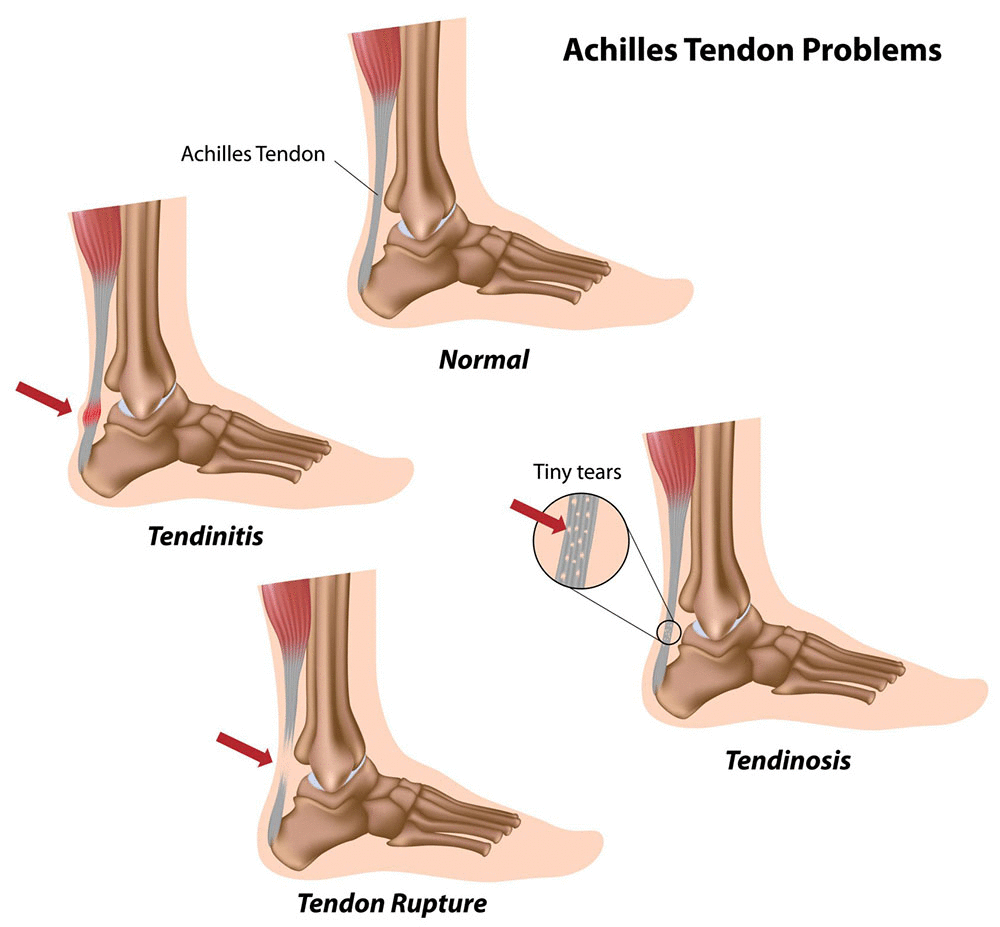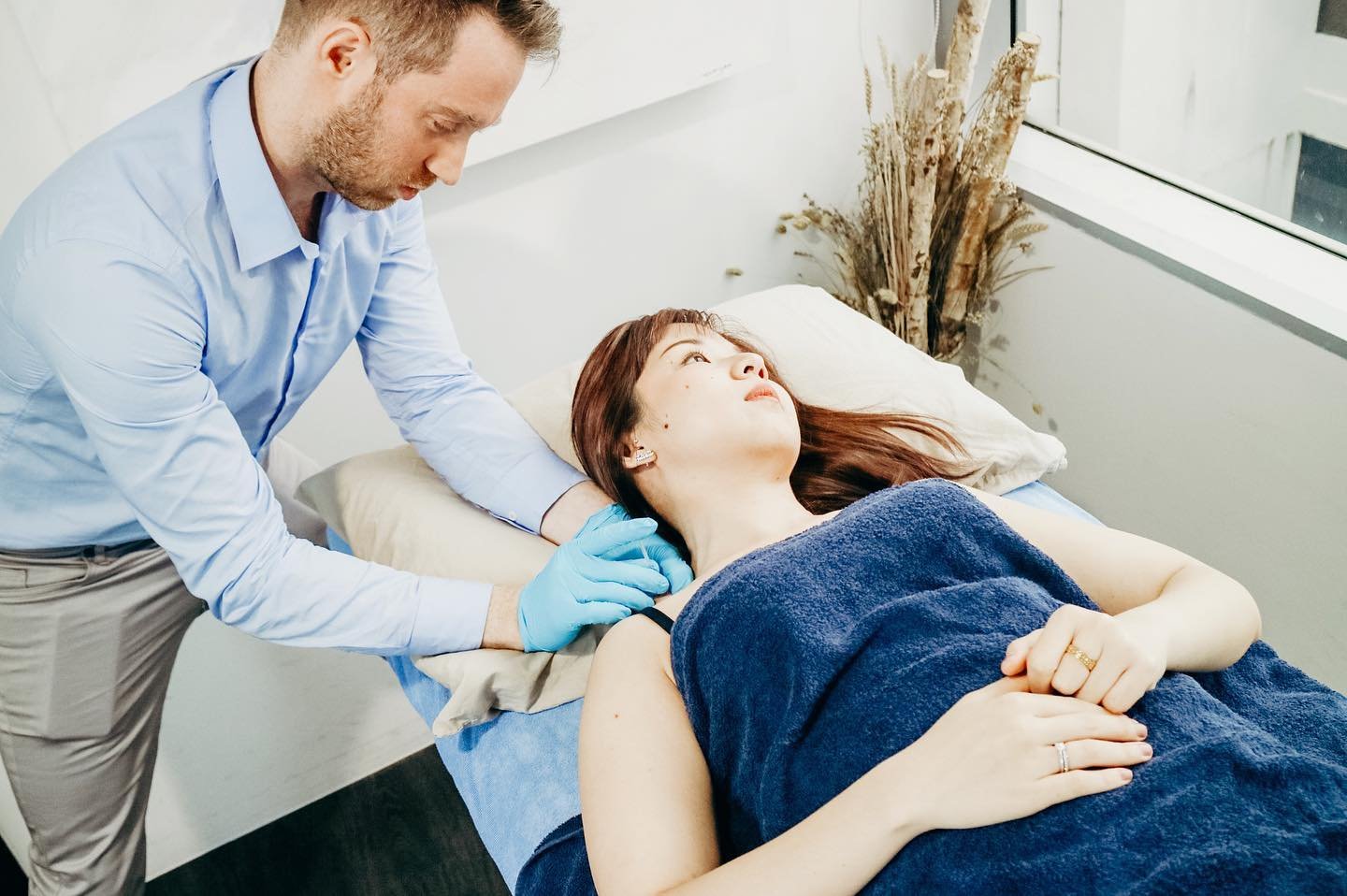Can dry needling help a tendon heal?
So, you’ve been increasing your training loads, just returned to an old favorite sport after a break or increased your activity levels and you have developed a pain where the muscle connects to the bone that is not going away? You may be developing “tendinopathy.” We decided to put together a piece for you on the effects of dry needling and what it might do for that tendon of yours.
What happens when a tendon is damaged?
A tendon is a tough, fibrous cord that attaches muscle to bone. When a tendon is injured, the body starts a healing response. The surrounding tissue shifts and thickens, forming a scab over the injury.
The healing process is gradual, and the tendon will continue to be weak and vulnerable to re-injury during this time, therefore it is best to avoid strenuous activity. When this tendon is not allowed to heal properly and continues to be irritated the quality of the tendon continues to worsen, new blood vessels penetrate the tissue to try and heal it and it becomes increasingly less elastic, fragile and sensitive.
What is dry needling?
You may have heard of a procedure known as dry needling and thought "What on earth is that?"
Dry needling is a technique that is gaining popularity among physical therapists (physiotherapists) and other healthcare providers. It’s a safe, slightly weird (in the best way possible), and often efficient therapy for individuals with certain musculoskeletal presentations, despite its scary name.
This treatment should only be performed by professionals who are qualified and registered such as physical therapists (oh look! That’s us).
How does it work?
Dry needling is often used to treat neuromusculoskeletal discomfort and mobility issues. It is done by inserting a thin monofilament needle under the skin and stimulating muscular trigger points. (A friendly little needle).
We know, it sounds like acupuncture… but it’s not! Dry needling often focuses on provoking either “local twitch response” in a trigger point (knot) in a tissue and/or initiating renewed tissue healing. Acupuncture, on the other hand, is based on the principle of channels and the use of points to naturally cure the body through the rebalancing of these meridians.
In short, dry needling derived initially from a trigger point model discovered by Dr Janet Travell (John F Kennedy’s private physician), is based on Western medicine and is used following an evaluation of pain patterns, posture, movement impairments, soft tissue palpation, function, and orthopedic tests.
What are the effects of dry needling a tendon?
Studies have shown that dry needling may help to improve the strength and elasticity of tendons. There is also evidence that dry needling can help to reduce pain and improve function in people with tendinopathy. In this case the needle is not inserted to muscular trigger points but instead directly into the healing tissue.
In doing so we aim to initiate an increased healing response in the tissue. We are trying to help “rebuild” your tendon in a way that helps to increase its ability to accept load. In an animal study (Riggin et al, 2019) not only was the new inflammatory state observed but also deposition of type III collagen, increase in cellularity and glycosaminoglycan content (signaling molecules involved in healing). In a narrative review Stoychev et al (2020) concluded that based on amongst other things, 3 systematic reviews that dry needling for tendons is“minimally invasive, safe, and inexpensive, carries a low risk, and represents a promising area of future research”. So, in general, good news.
How long do the effects of dry needling last?
It's typical to feel a little pain after dry needling, often in the first 24-48 hours. This should be interpreted as a good thing as it often reflects the fresh inflammatory process that we have purposely initiated. From this point onwards the pain will settle as your body moves towards the next stage of healing. The duration of the benefits will last differently depending on the person and depends on the technique used (ie. trigger point needling vs direct needling of the tendon). The first few treatments usually provide a short period of relief that lasts a few days, but then it should improve with each session. In the experience of our clinicians dry needling to the tendon even once or twice has had dramatic and long lasting effects.
Remember though dry needling and “modalities” such as these are akin to jump starting a car. It’s a great addition to a treatment programme but should always be performed within the context of a tailored rehabilitation programme that includes correcting biomechanics or training errors, altering loading volumes, and progressive strengthening where appropriate.
Does it tickle your fancy?
If you're considering dry needling, be sure to consult with one of our qualified therapists to see if it's right for you. If you have any questions, please feel free to contact us here.
References
Riggin, C. N., Chen, M., Gordon, J. A., Schultz, S. M., Soslowsky, L. J., & Khoury, V. (2019). Ultrasound-Guided Dry Needling of the Healthy Rat Supraspinatus Tendon Elicits Early Healing Without Causing Permanent Damage. Journal of Orthopaedic Research, 37(9), 2035. https://doi.org/10.1002/jor.24329
Stoychev, V., Finestone, A.S. & Kalichman, L. Dry Needling as a Treatment Modality for Tendinopathy: a Narrative Review. Curr Rev Musculoskelet Med 13, 133–140 (2020). https://doi.org/10.1007/s12178-020-09608-0




